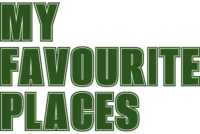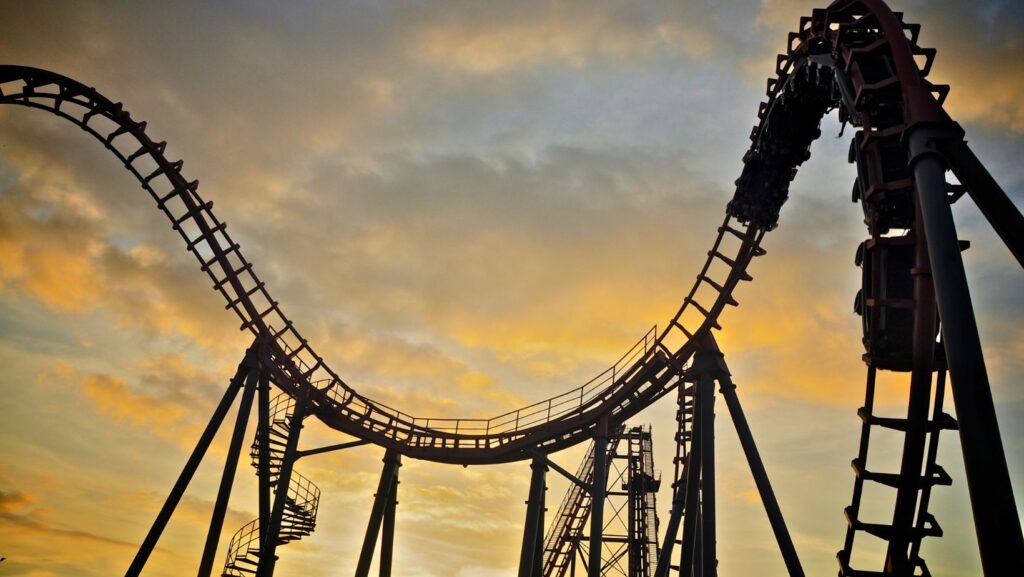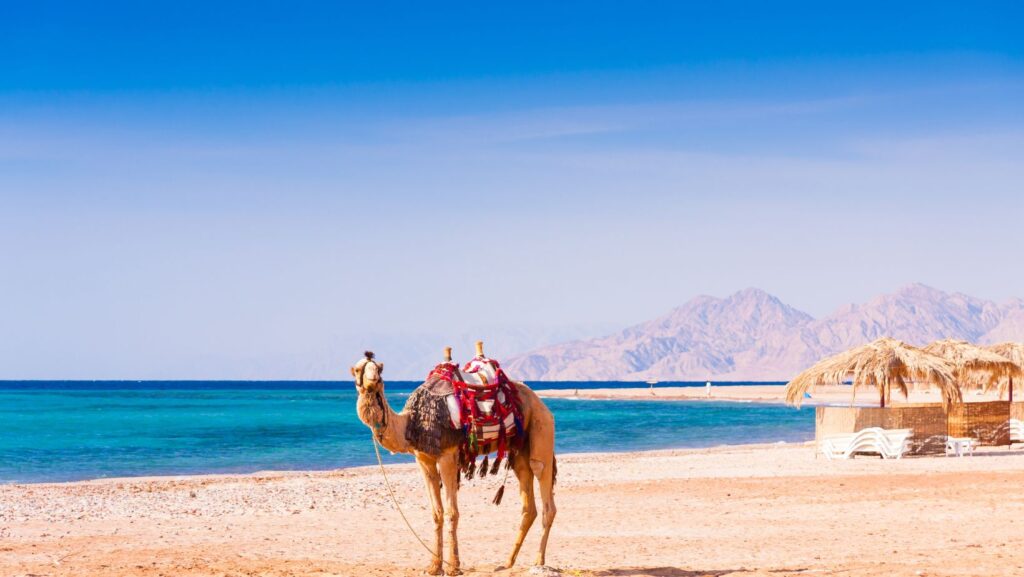Amusement parks promise joy, family memories, and thrilling entertainment for millions of visitors annually who trust these attractions. Roller coasters deliver adrenaline rushes through carefully engineered excitement that feels dangerous but seems safe. Yet sometimes these attractions deliver tragedy instead, when mechanical failures, operator errors, or design flaws turn fun into horror within seconds.
Real examples of serious roller-coaster accidents reveal that rare catastrophes do occur despite multiple safety systems and regular inspections. Deaths and life-altering injuries happen when something goes terribly wrong with rides carrying hundreds of people daily. These incidents shatter the illusion of perfect safety that surrounds theme park attractions and creates complacency among riders and operators alike.
Lessons on safety, liability, and prevention emerge from studying what went wrong in notable cases throughout amusement park history. Understanding these failures helps improve standards and accountability throughout the industry for future riders. Here’s what roller coaster accident statistics reveal about the deadliest incidents and their causes.
What Makes Roller Coasters So Dangerous
Speed, g-forces, and structural failure create conditions where mistakes become catastrophic for riders trusting their lives to mechanical systems. Modern coasters reach speeds over 100 mph and subject bodies to forces several times normal gravity during loops and turns. These extreme conditions leave absolutely no margin for error in design, construction, maintenance, or daily operation of complex ride systems.
Common mechanical and operator errors include brake failures, restraint malfunctions, and improper ride operation by undertrained or distracted staff. Worn parts that should have been replaced months ago, sensors that failed to detect problems with restraints, and operators who missed critical safety checks all contribute to preventable accidents. Human error compounds mechanical issues when training proves inadequate or employees become complacent through repetition.
Design oversight involves engineers balancing thrills against safety in ways that sometimes fail spectacularly under real-world conditions. Calculations about stress loads, material fatigue over time, and human tolerance limits occasionally prove wrong when tested by millions of riders. Pushing boundaries to create more exciting rides that draw crowds sometimes crosses into dangerous territory where safety margins become too thin.
History’s Most Notorious Accidents

Several documented tragedies illustrate different failure modes that have killed or seriously injured riders over amusement park history. The 1984 Haunted Castle fire at Six Flags Great Adventure killed eight teenagers trapped inside, exposing massive fire safety gaps in dark ride construction. New Jersey’s 1999 Superman Tower of Power accident paralyzed a young girl when her restraint released during the drop sequence, allowing her to fall.
Causes ranged from inadequate inspections and maintenance to known defects that weren’t repaired before rides reopened to the public. Operators sometimes ignored manufacturer maintenance recommendations due to cost concerns or operational inconvenience of taking popular attractions offline. Management decisions to keep rides running despite engineer warnings have led directly to preventable deaths that lawsuits later exposed.
Lessons reshaped industry standards after each major incident forced regulatory changes and improved safety protocols across parks nationwide. Many current requirements exist solely because specific accidents proved their necessity through tragedy. The industry learns slowly and reactively, often only after high-profile tragedies make changes politically and legally unavoidable for regulators.
Regulation and Inspection Gaps
State-by-state differences in oversight create wildly inconsistent safety standards across the country for identical ride types. Some states inspect rides thoroughly and frequently with trained engineers, while others barely regulate fixed-site amusement parks at all. Fixed-site parks face different rules than traveling carnival rides despite similar safety risks, creating obvious and dangerous disparities.
Private inspectors often miss issues because companies hire and pay them directly, creating fundamental conflicts of interest in reporting. Self-regulation allows parks to choose inspectors likely to overlook problems or provide favorable reports. Financial incentives strongly favor passing inspections quickly over identifying expensive repair needs that shut down revenue-generating attractions.
Push for national safety standards continues as consumer advocates argue patchwork state systems fail to protect visitors adequately. Federal oversight could establish minimum requirements nationwide, eliminating safety gaps that currently endanger riders in lightly regulated states. The amusement park industry lobbies aggressively against federal regulation, strongly preferring state-level control they can more easily influence.
What Victims and Families Can Do
Legal options after amusement-park injuries include premises liability claims, product liability suits, and negligence claims against multiple responsible parties. Parks, ride manufacturers, maintenance companies, and inspection firms all potentially share responsibility for failures causing injuries. Determining which parties bear liability requires thorough investigation by attorneys with specific amusement park experience and engineering experts.
Gathering ride data, witness information, and inspection reports preserves critical evidence before parks destroy or lose it. Parks control much of this evidence and may not preserve it voluntarily after incidents. Immediate legal action through experienced attorneys ensures proper evidence preservation orders and expert examination of ride components and maintenance records.
Product-liability expertise becomes essential when ride design flaws or manufacturing defects caused injuries rather than operator negligence. These cases require mechanical engineers and safety experts who understand ride mechanics and industry standards intimately. Generic personal injury experience isn’t remotely sufficient for complex amusement park cases involving sophisticated engineering and multiple defendants.
Conclusion
The tension between thrill and safety defines the amusement park industry’s ongoing challenge in designing ever-more exciting attractions. Parks want exciting rides that attract visitors and generate revenue while avoiding accidents that destroy reputations and trigger lawsuits. This balance doesn’t always favor safety when profits depend entirely on ever-bigger thrills that push engineering limits.
Accountability and transparency improve when incidents trigger meaningful consequences rather than quiet settlements with confidentiality agreements. Public disclosure of accidents and their specific causes helps prevent repeat failures at other parks. The industry needs much stronger incentives to prioritize safety over excitement and short-term profit maximization.
Awareness of roller coaster accident statistics saves lives by informing visitors, regulators, and industry operators about real risks beyond marketing hype. These aren’t random freak accidents beyond anyone’s control—they’re often preventable failures in design, maintenance, or operation. Knowledge drives the safety improvements that protect future riders from repeating history’s tragic mistakes.



